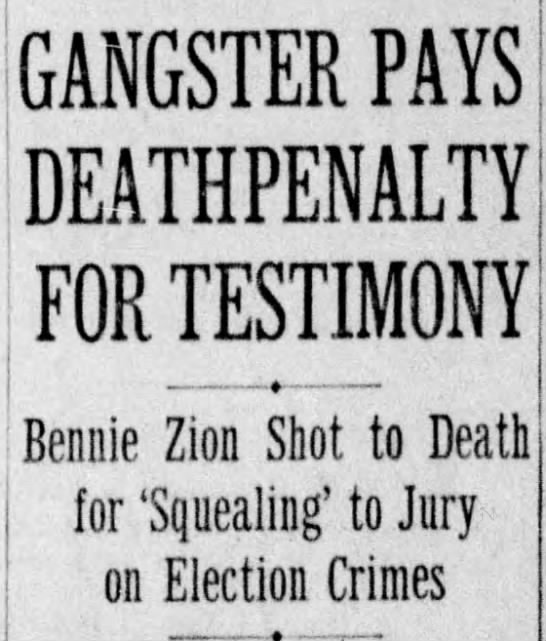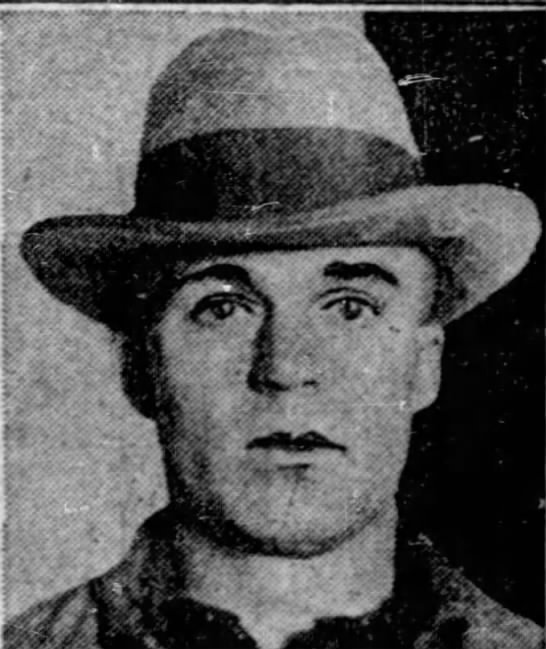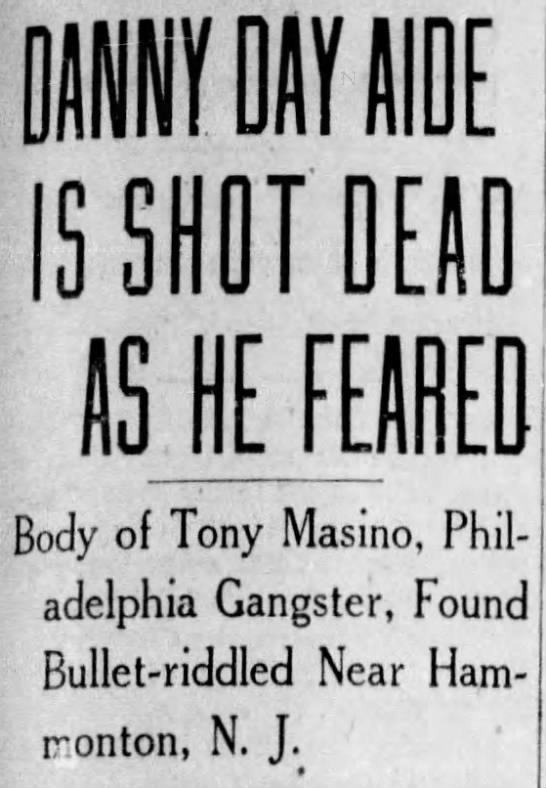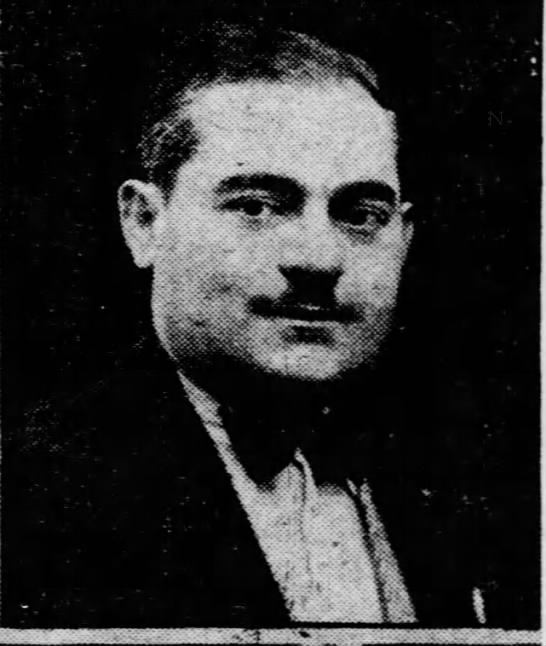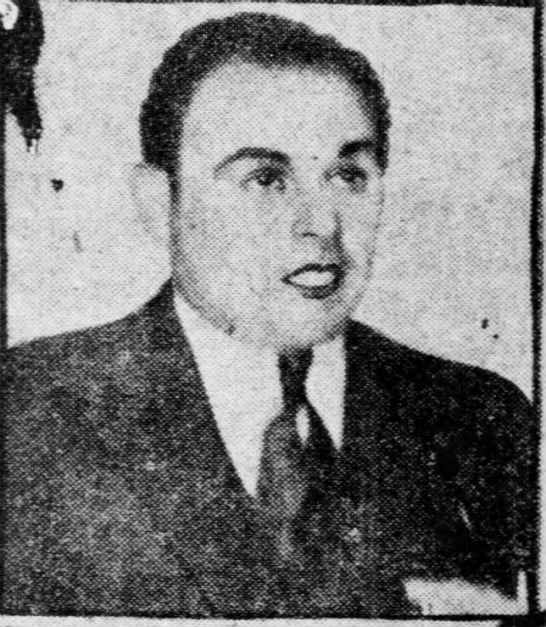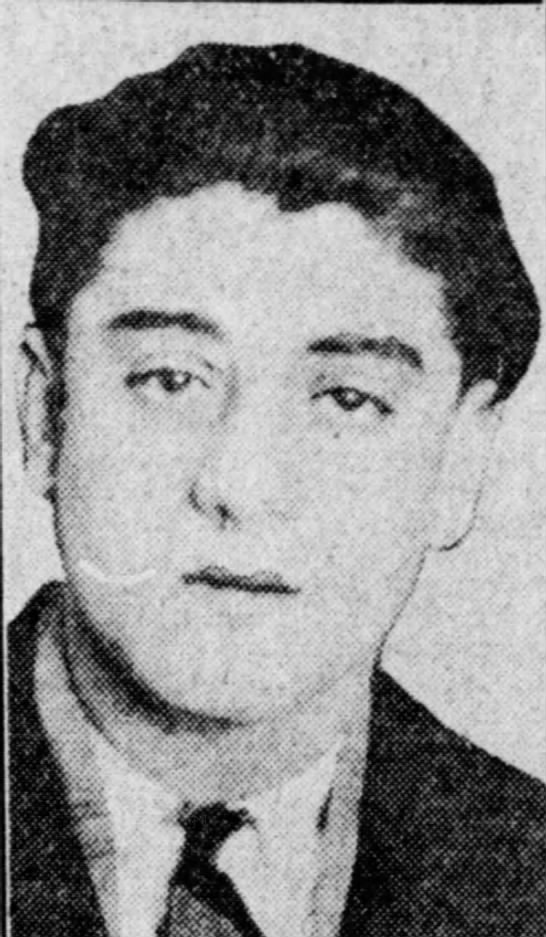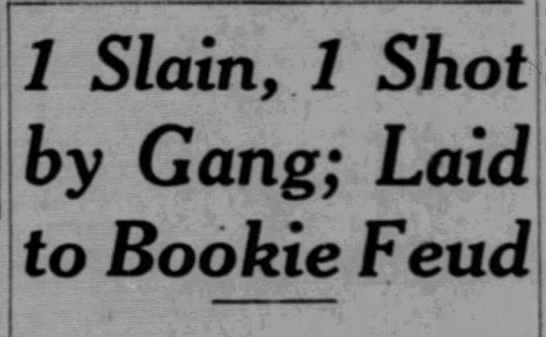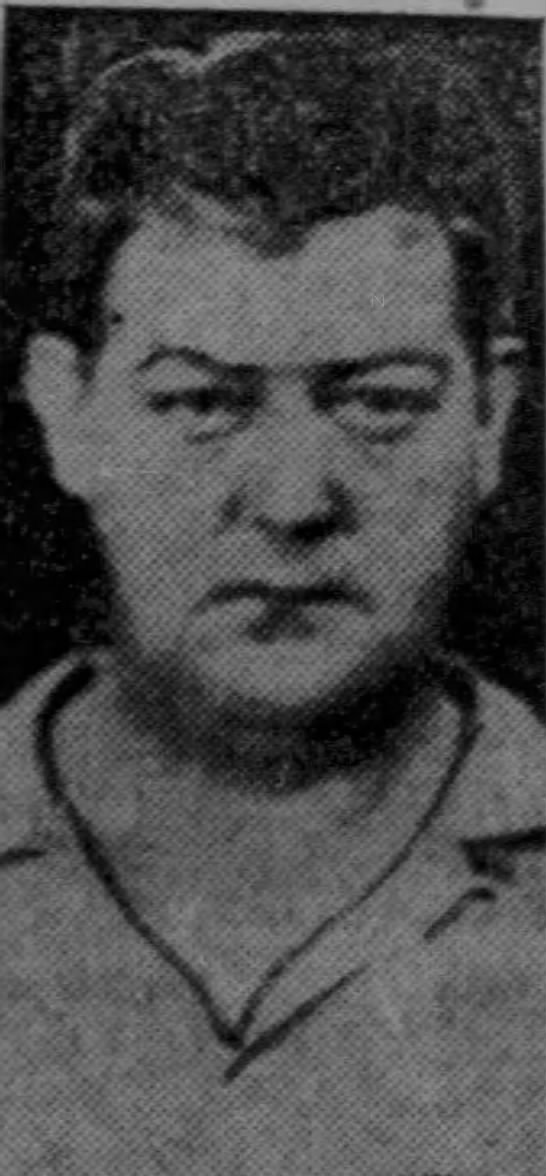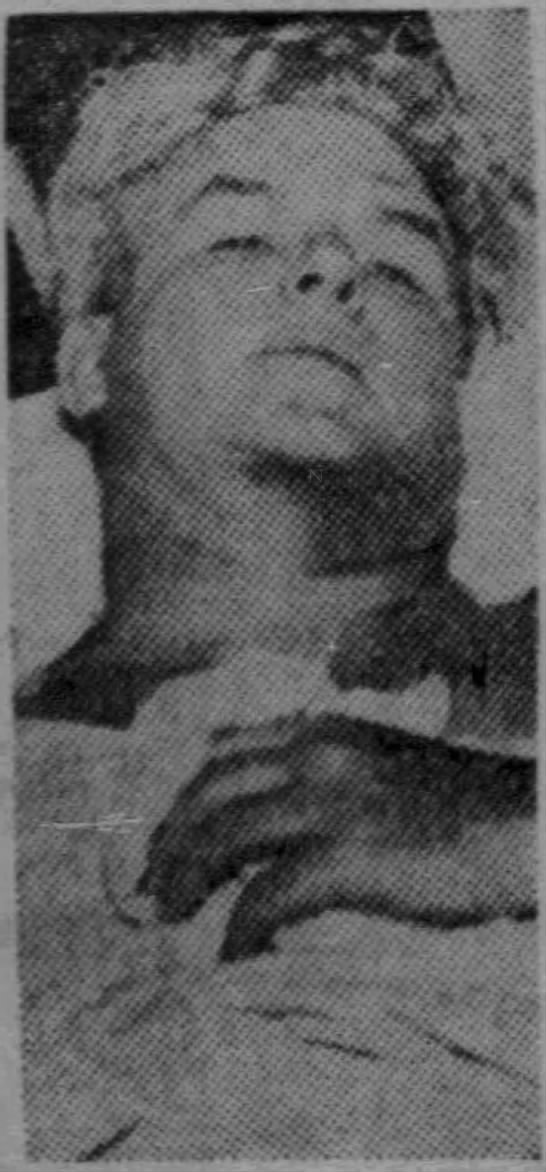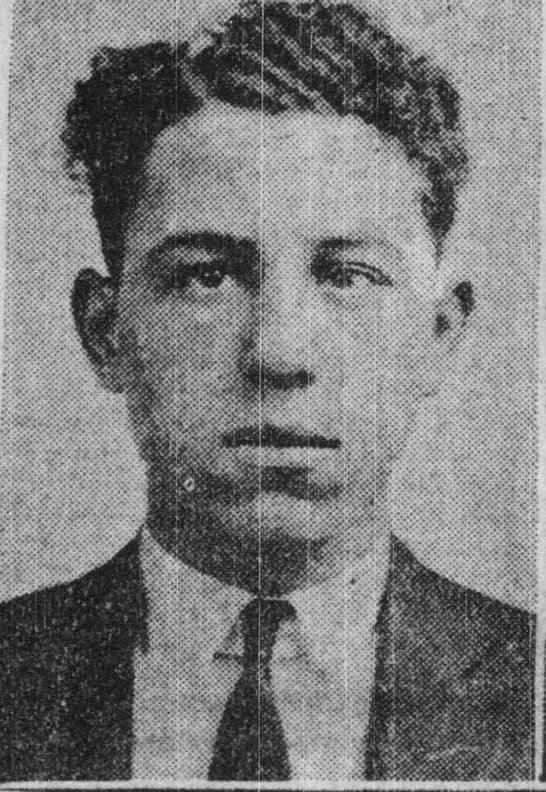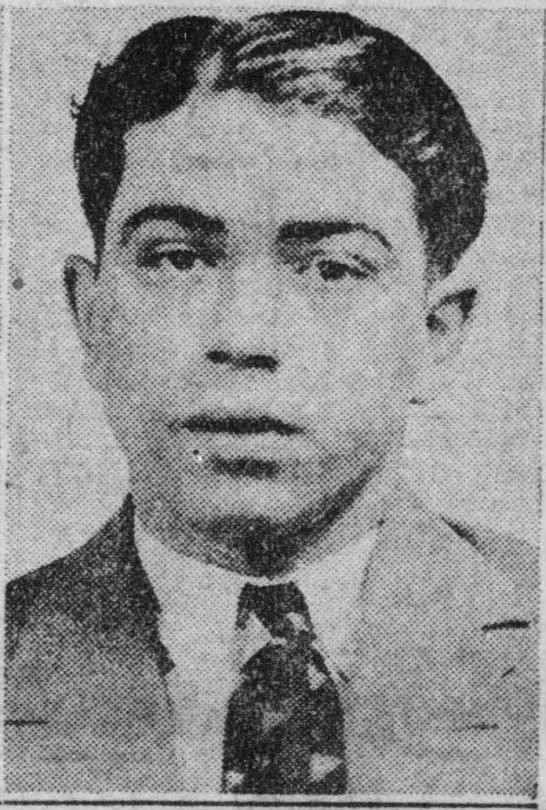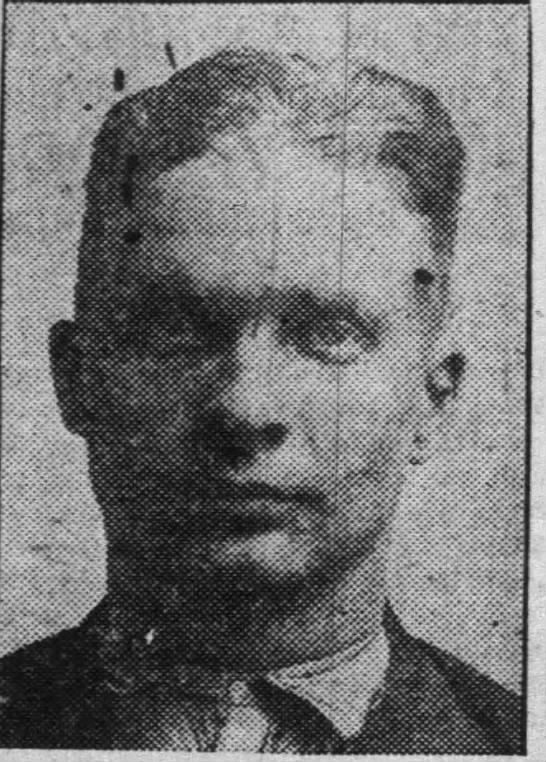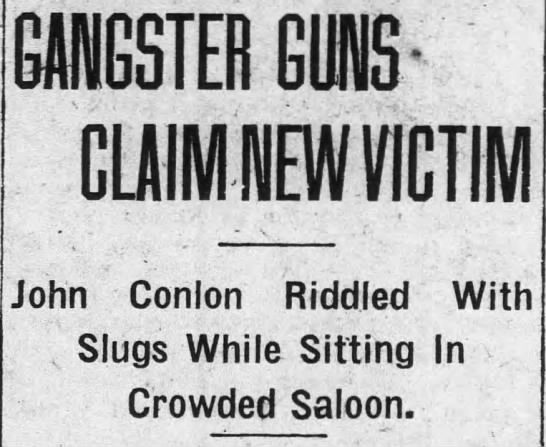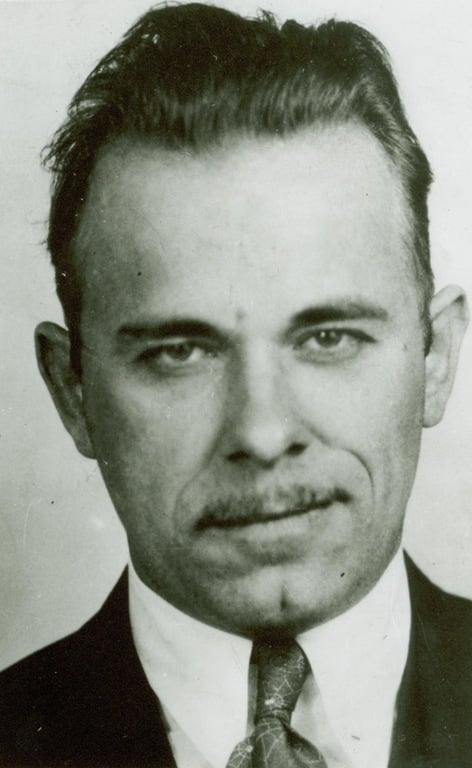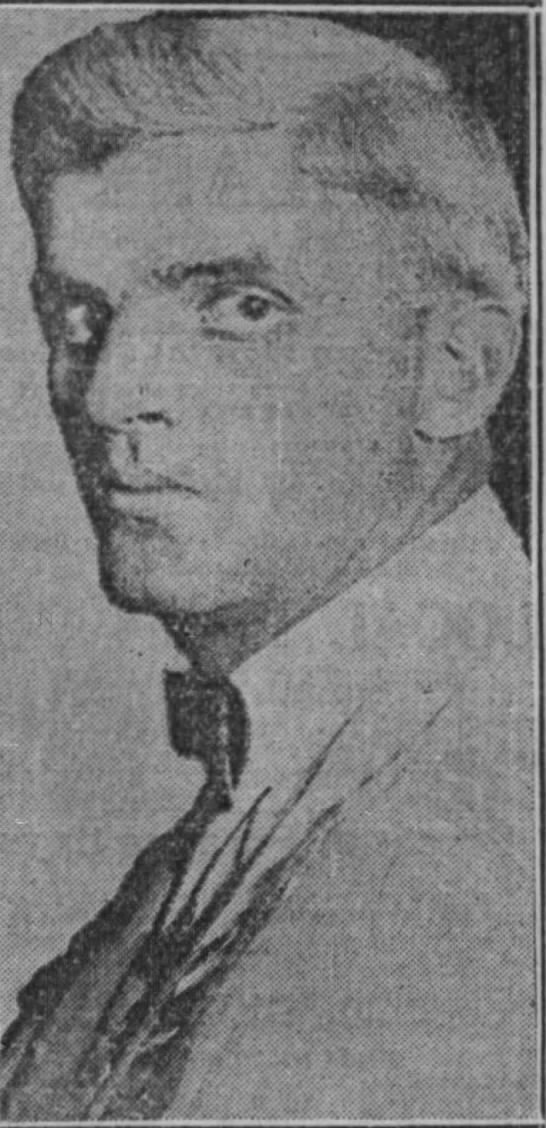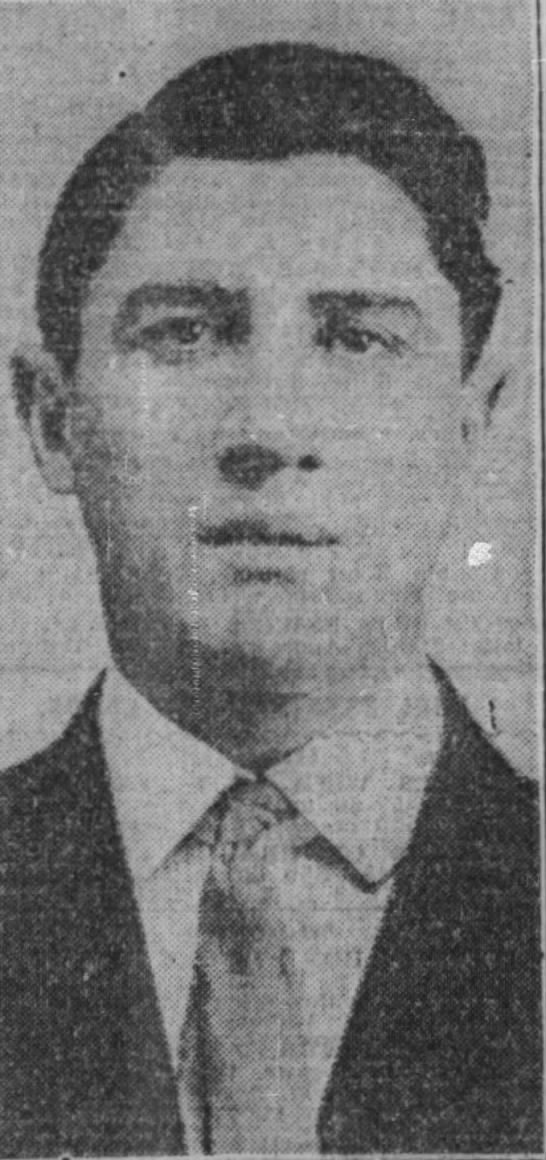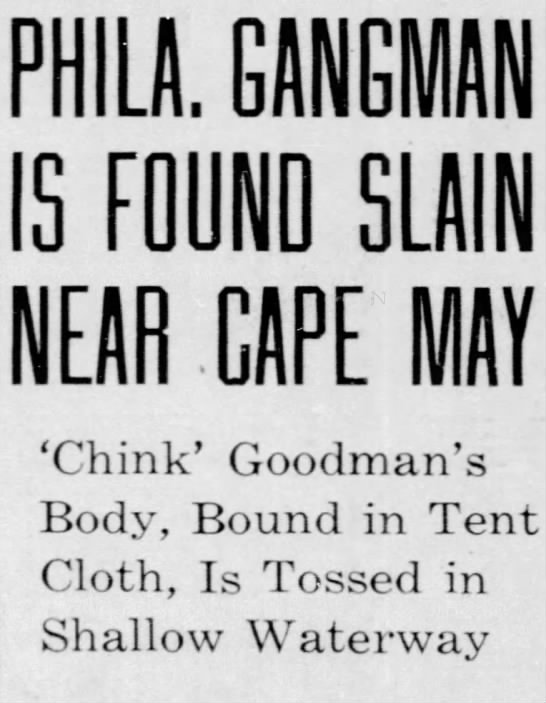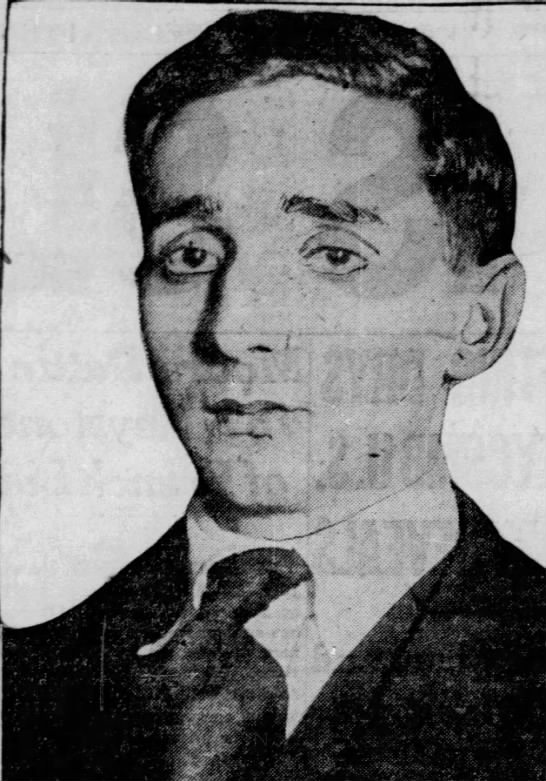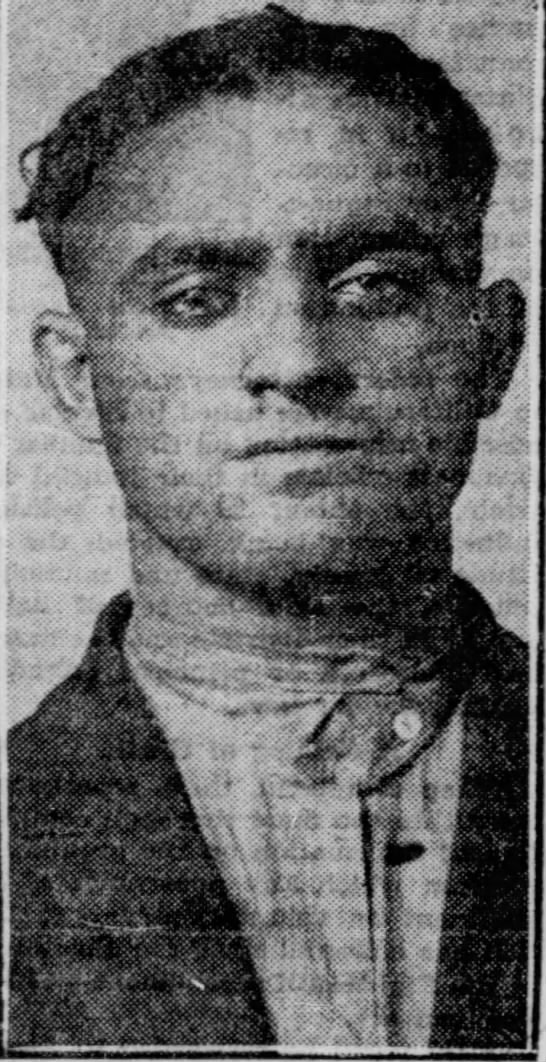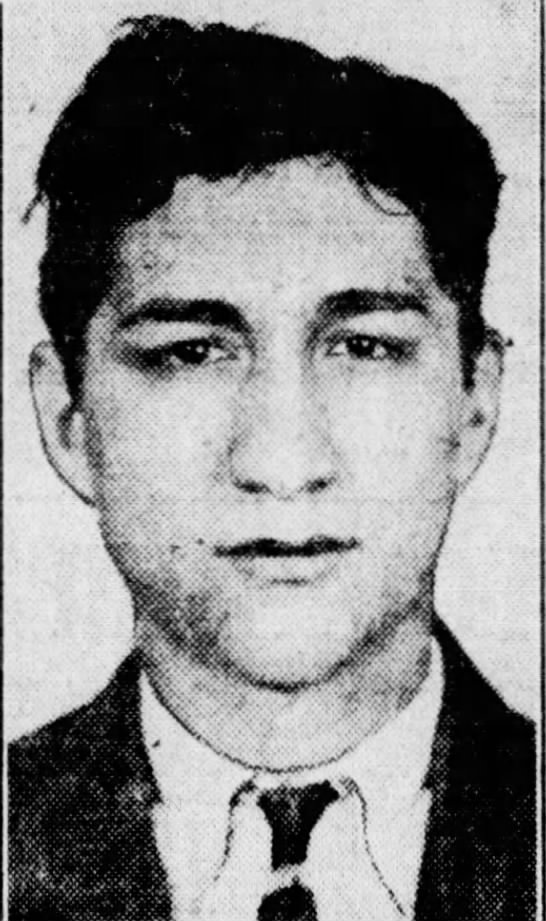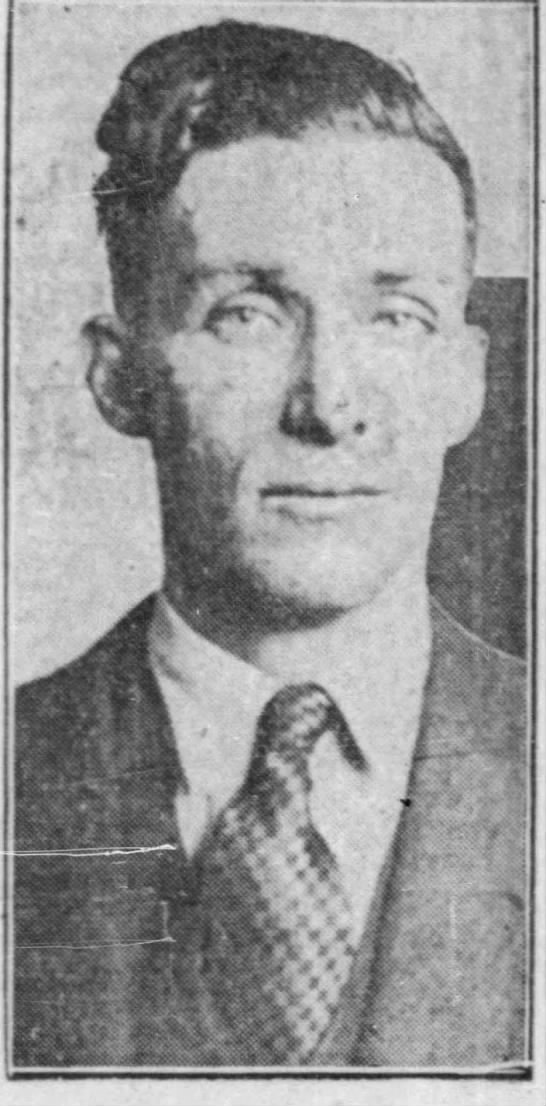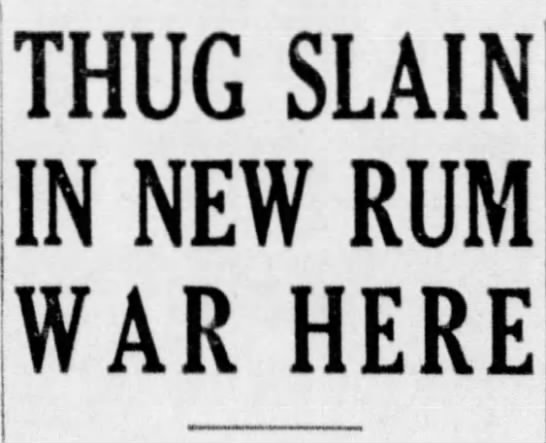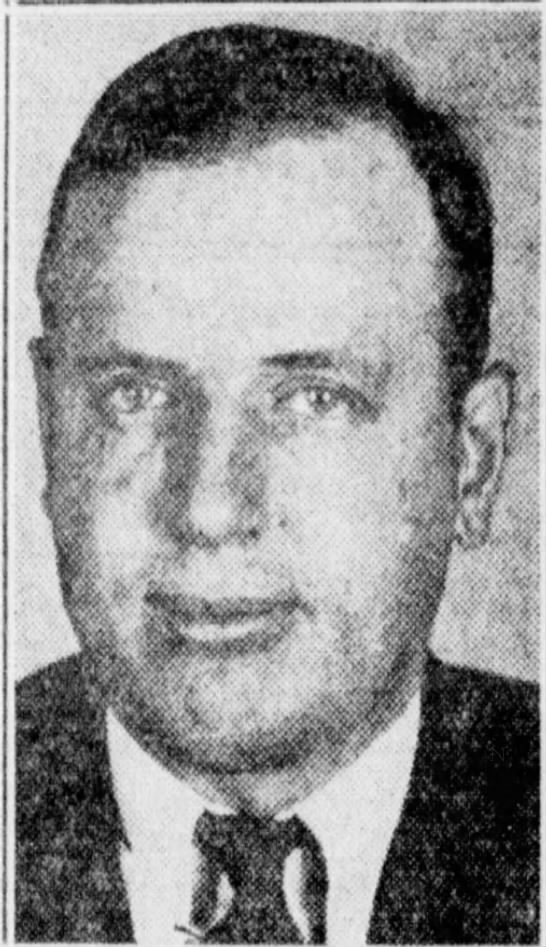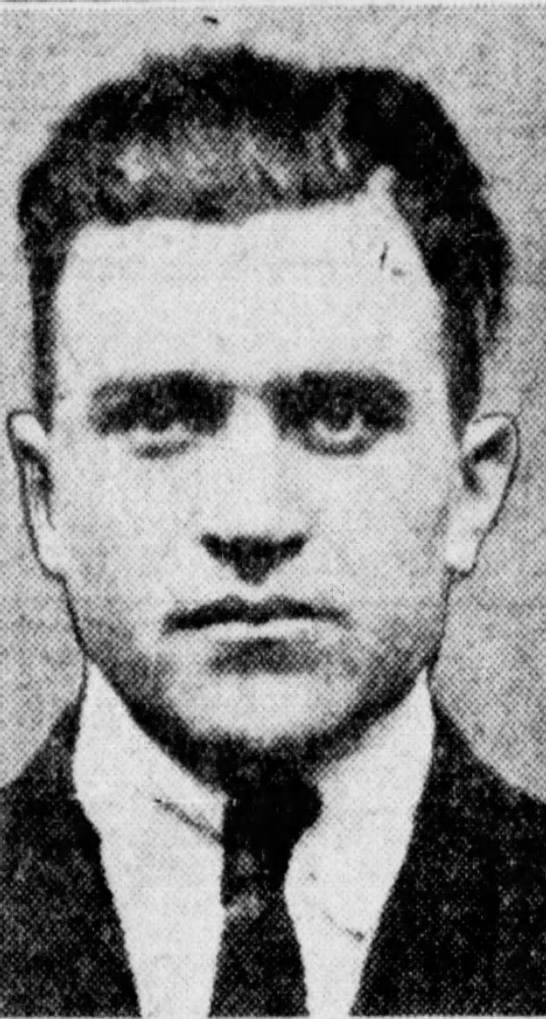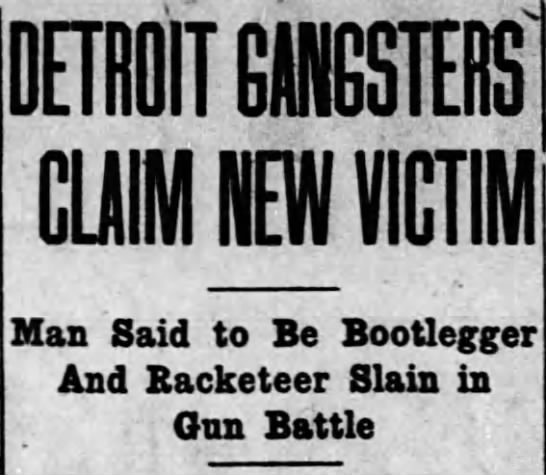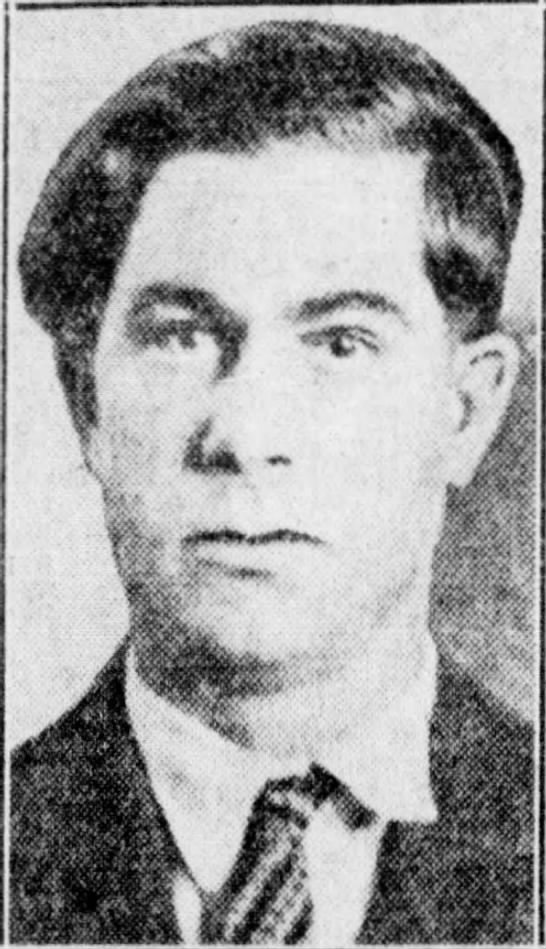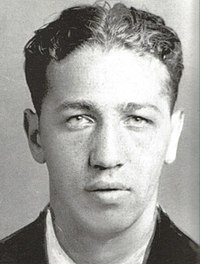Eighty-Six years ago tonight, bank robber John Dillinger was gunned down by FBI agents outside Chicago's Biograph Theater. The culmination of
fourteen months of robberies, murders and more than a few gunfights.
Dillinger was paroled from prison in May 1933, after serving almost nine years for a robbery. He had become friends with some hardcore desperadoes while inside and his first priority when he was released was to help his associates escape. This cost money so he spent the summer of 1933 robbing banks and making preparations. In September of that year he was arrested. A few days later his confederates smashed out of prison thanks to Dillinger's efforts. They decided to repay the favor. Three of the men entered the jail holding Dillinger and broke him out. This resulted in the murder of Sheriff Jesse Sarber.
Reunited, Dillinger and his cronies went on a four month bank robbing spree. In January of 1934 most were captured in Tucson, Arizona. Dillinger was sent to the jail in Crown Point, Indiana. It was from here that he escaped with the help of a wooden gun. Once out of the jail, he stole the warden's car and drove to Illinois. He should have ditched the car at the state line because, at the time, robbing banks and shooting people weren't Federal crimes, but taking a stolen car across state lines was. Now the FBI were on his trail.
Back on the outside, Dillinger joined the Baby Face Nelson gang. He was traced to St. Paul where he shot his way out of an attempted arrest. The gang was then traced to the Little Bohemia resort in northern Wisconsin. A fierce firefight that resulted in the deaths of FBI agent W. Carter Baum as well as some innocent civilians that the FBI agents mistook as the bandits. Dillinger and his confederates managed to escape.
By July, Dillinger was staying in Chicago with a madam named Anna Sage. Because of her record Sage was facing deportation so she tried to cut a deal with the FBI, she would turn in Dillinger if they would fix it that she wouldn't be deported. Agent Melvin Purvis made no promises but said he would see what he could do.
On July 22, Sage contacted Purvis and told him that she, Dillinger and the bandit's new paramour, Polly Hamilton would be attending the Biograph theater that night to view Manhattan Melodrama starring Clark Gable and William Powell.
While Dillinger enjoyed his last picture show, FBI agents were taking up posts around the theater to ensure that their quarry did not escape. At about 10:30 p.m. the show let out. Dillinger walked out flanked by both Sage and Hamilton. They passed Purvis, who, once he was sure of Dillinger's presence, lit a cigar, the pre-arranged signal for the agents to move in. Dillinger was alerted to the movement and went for the gun in his pocket as he dashed for an alley. A number of shots rang out and bank robber fell face first into the alley entrance. A bullet had entered the back of his head and pierced his brain.
John Dillinger
